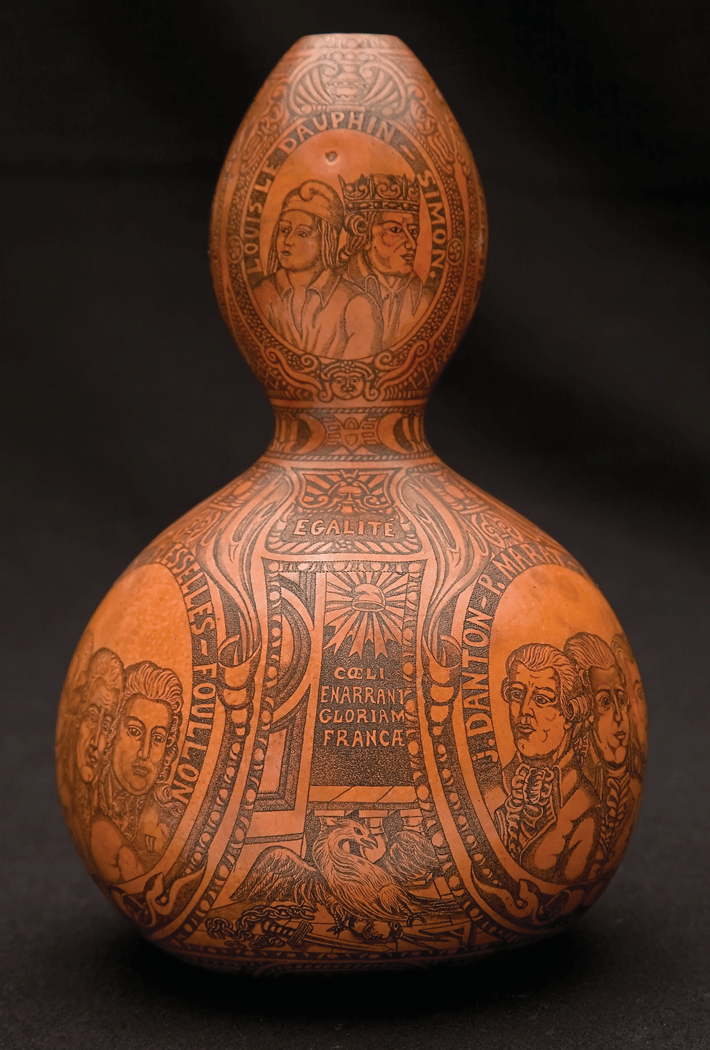
OXFORD, ENGLAND—A team of scientists sequenced DNA samples from 1,490 modern people from 95 genetically distinct populations, and developed a statistical method to make inferences about which populations had interbred over the past 4,000 years. Evidence of “mixing events” was found in 80 of the populations, and some of those events coincide with historical records, such as the Hazara people of Afghanistan and Pakistan, who had an influx of Mongol DNA around the time that the Mongol Empire expanded. Team member Simon Myers of the University of Oxford told Nature News that he would like to expand the model by using larger sample sizes and by adding ancient DNA samples. “That will give us a deeper understanding of human history,” he explained.









